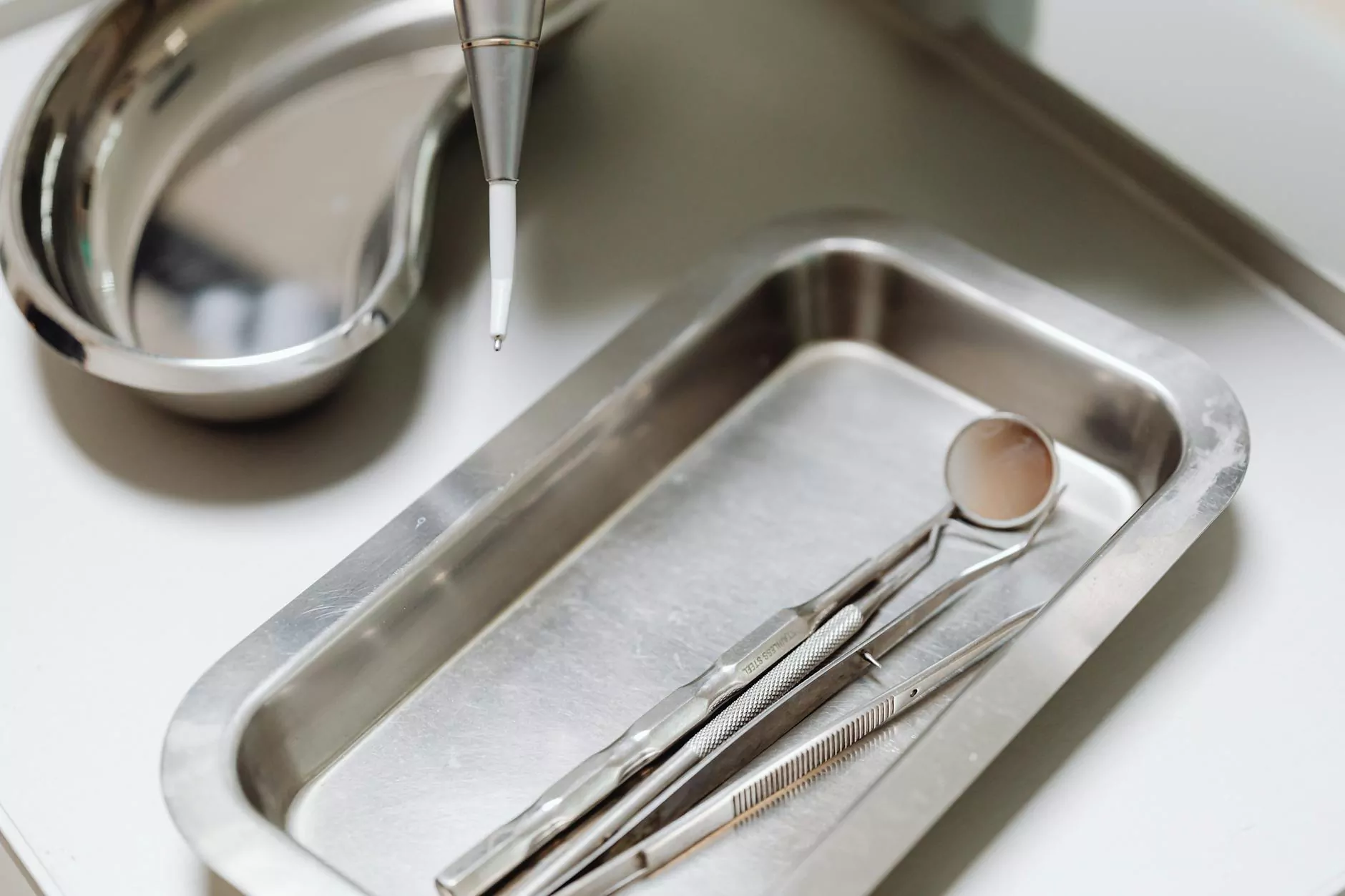The World of Surgical Knife Types

Surgical knives, also known as scalpels, are essential tools in the medical field. They are used by doctors, health & medical professionals, and medical centers for performing precise surgical procedures. With advancements in technology and materials, there is a wide range of surgical knife types available, each designed for specific purposes and applications.
Types of Surgical Knives
- Scalpel Blades: Scalpel blades are the most commonly used surgical knives. They come in various shapes and sizes, such as straight blades, curved blades, and pointed blades, to accommodate different cutting needs.
- Surgical Scissors: While not technically knives, surgical scissors are another essential cutting tool in the medical field. They are used for cutting tissues, sutures, and other materials during surgical procedures.
- Laser Scalpels: Laser scalpels use focused laser beams for cutting tissues. They offer precision and minimize bleeding, making them ideal for delicate surgeries.
- Electrosurgical Knives: Electrosurgical knives use high-frequency electrical currents to cut tissues. They cauterize blood vessels as they cut, reducing bleeding during surgery.
- Ultrasonic Knives: Ultrasonic knives use ultrasonic vibrations to cut through tissues. They provide clean and precise incisions while minimizing damage to surrounding tissues.
Choosing the Right Surgical Knife
When selecting a surgical knife type, several factors should be considered, including the type of procedure, the tissue being cut, and the surgeon's preferences. It is essential to choose a knife that offers precision, efficiency, and safety during surgical operations.
Benefits of Using High-Quality Surgical Knives
Investing in high-quality surgical knives brings several benefits to doctors, health & medical professionals, and medical centers. Some of the advantages include:
- Precision: High-quality surgical knives enable surgeons to perform precise incisions, reducing the risk of complications during surgery.
- Efficiency: Sharp and durable surgical knives allow for quick and efficient cutting, minimizing operating time and improving patient outcomes.
- Safety: Using high-quality surgical knives promotes safety in the operating room, reducing the risk of injuries and infections for both patients and medical staff.
- Cost Savings: While high-quality surgical knives may have a higher upfront cost, they offer long-term cost savings by reducing the need for frequent replacement and maintenance.
Conclusion
In conclusion, surgical knife types play a critical role in modern healthcare by facilitating precise and efficient surgical procedures. By understanding the various options available and choosing the right tools for each operation, doctors, health & medical professionals, and medical centers can ensure optimal outcomes for their patients. Investing in high-quality surgical knives is essential for achieving success in the operating room and providing the best possible care.








